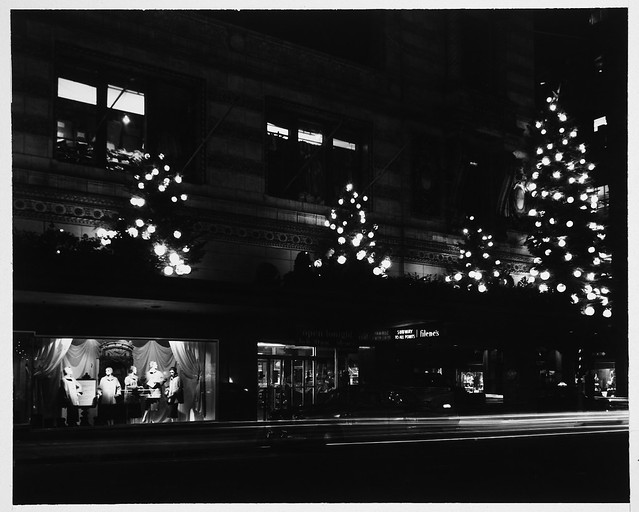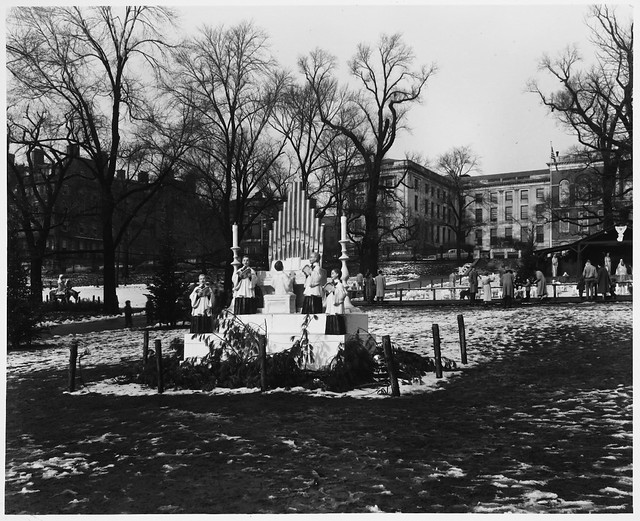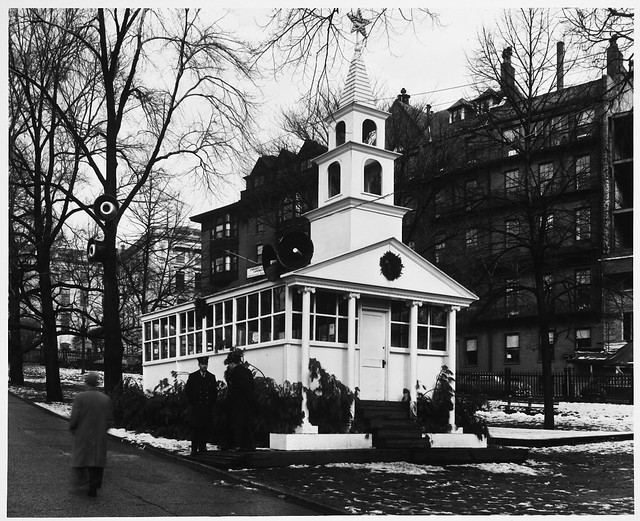


Like everyone else I am stunned by the events of the past week that resulted in the suicide of
Middlesex County Sheriff James DiPaola.
It was only one week ago when the Boston Globe wrote about his
pension scheme.
This part leaps out at me
DiPaola, a 57-year-old Democrat, had quietly filed retirement papers on Oct. 28, looking to exploit a section of the state pension law that allows retirees to run for paid elective office without losing their pensions. All he had to do was not accept a paycheck until his new term began in January.
That gambit, which even his own employees seemed unaware of, would have increased his annual income by $98,500 for doing the same job he’s been doing since 1997.
Now SOMEBODY at the
State Board of Retirement ( run by soon to depart Tim Cahill) had to know what he was up to, yet they chose not to say anything
BEFORE Election Day.
WHO???? Massachusetts Attorney General
Martha Coakley must find this out. Applying for retirement is a matter of public record and yet nobody knew anything until the Globe broke the story last Sunday. Once re-elected he was home free.
But, DiPaola certainly knew this would become public knowledge after the election so I am having trouble believing that talking to a Globe reporter made him change his mind.
Honestly I think this may well be a major piece of the puzzle.
Howie Carr had DiPaola on his WRKO show last Monday and the Herald today
printed a partial transcript of the interview. Certainly he didn't seem especially troubled by all of this.
He talks about new charges raised by FOX25
(Carr)
Do you want to say anything to Fox for their story (alleging improper use of campaign funds)?
(DiPaola)
They did their report, I sat with them for 45 minutes. We answered all their questions. Their allegations are false. I’m not going to let that distract from the day. We have been talking about these things for seven months. You know how these things work. Certainly I would have made a different decision, and I wouldn’t have been in this position right now. I would have not run for re-election. There’s no wrongdoing, and certainly as you know, people can write things with sources.
Here is the entire interview from the WRKO website.I can't recall anything like this happening in Massachusetts. I do recall a politician in Pennsylvania
killing himself on live statewide television back in 1987 which TV stations chose to show over and over.
My prayers go to DiPaola's wife, 3 daughters and grandchildren.


















